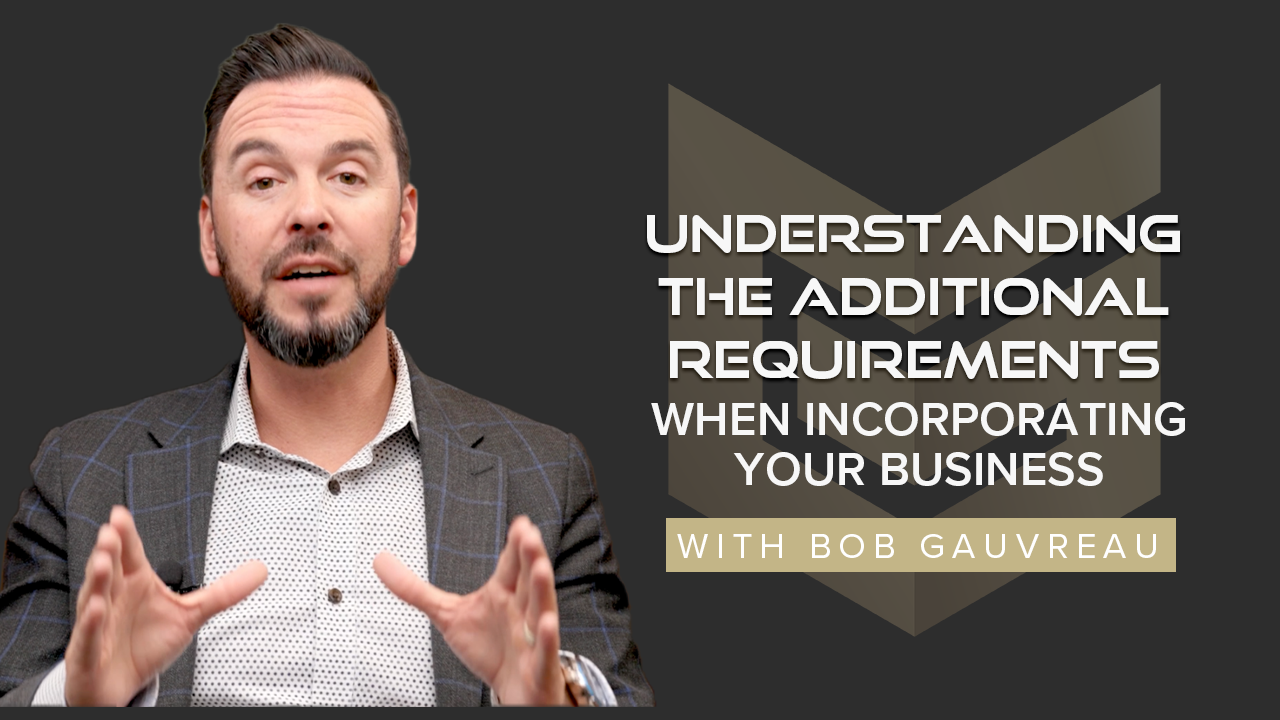Building a Secure Future: A Comprehensive Guide to Setting Up Your Trust
So, we want to understand how to set up a trust or what it means when we think of a trust. Sometimes, it's a trust fund where we have...
5 min read
 Gauvreau Accounting Tax Law Advisory
Jan 16, 2024
Gauvreau Accounting Tax Law Advisory
Jan 16, 2024
New rules aimed at providing more transparency on beneficial ownership of assets now require that more trusts (and estates) file tax returns. These changes will catch many individuals and businesses that may not be aware of their trust-like relationships, exposing them to potential penalties and other consequences for non-compliance. The rules become effective in 2023, with a filing deadline of April 2, 2024.
Unexpected exposure – bare trust arrangements
The rules have been expanded to include cases where a trust acts as an agent for its beneficiaries, commonly known as a bare trust. In such instances, the person/entity listed as the owner of an asset is not the true beneficial owner; instead, they hold the asset on behalf of another party.
STEP 1: Does a bare trust arrangement exist?
To determine if a bare trust arrangement exists, the following question should be asked:
There is likely a bare trust arrangement if there is a mismatch between legal and beneficial ownership, often requiring a trust return.
There are several reasons why an individual, business or organization may use a bare trust arrangement. Many parties involved in a bare trust arrangement may not realize that they are, much less that there may be a filing requirement with CRA. No lawyer may have ever been involved, and no written agreement may have ever been drafted.
While there are countless possibilities of bare trust arrangements, the following lists some common potential examples.
Individual Reasons
Estate Planning Reasons
Business Administration Reasons
Industry-specific Issues
CRA has not commented on several of the examples; it is uncertain how they will interpret and enforce the law.
STEP 2: Does a trust return need to be filed?
After determining that a bare trust arrangement exists, it is important to determine whether an exception from filing a trust return is available.
Some of the more common exceptions include the following:
A trust return must be filed if one of the exceptions are not met. Even where one of the new exceptions is met, a trust would still have to file a return if they had to file under the prior rules, such as the trust having taxes payable or having disposed of capital property.
STEP 3: What information must be disclosed?
Where a trust is required to file a tax return, the identity of all the trustees (who is on title or holds the asset), beneficiaries (who really owns the asset), settlors (who owned the asset originally) and anyone with the ability to exert influence over trustee decisions regarding the income or capital of the trust must be disclosed.
Such required information includes:
Obtaining this information proactively is especially helpful, particularly if those involved are no longer in close contact.
Traditional trusts
Under the previous rules, a trust was required to file a trust return if one of several conditions were met, such as the trust having taxes payable or disposing of capital property. Many trusts did not meet a condition and, therefore, were not required to file a trust return previously. For example, many trusts owning shares of a private corporation were historically not required to file in years when there were no share sales or dividends received. However, trusts that were exempted from filing under the old rules are now required to file unless one of a new set of narrow exceptions is also met. See some of the more common exceptions in STEP 2 above.
Under the new rules, some of the more common trusts that may require disclosure include the following: trust owning shares of a private corporation, trust owning a family cottage, spousal or common-law partner trust, alter-ego trust and testamentary trust.
Failing to File… So what?
Failure to make the required filings and disclosures on time attracts penalties of $25/day, to a maximum of $2,500, as well as further penalties on any unpaid taxes. New gross negligence penalties may also apply, being the greater of $2,500 and 5% of the highest total fair market value of the trust’s property at any time in the year. These will apply to any person or partnership subject to the new regime.
CRA has recently indicated that, for bare trusts only, the late filing penalty would be waived for the 2023 tax year in situations where the filing is made after the due date of April 2, 2024. However, CRA noted that this does not extend to the penalty applicable where the failure to file is made knowingly or due to gross negligence. As there is limited guidance as to who would qualify, it is recommended that disclosures should be made in a timely manner.
In addition to penalties, failing to properly file trust returns may result in negative tax (such as possibly losing access to the principal residence exemption) and non-tax (such as inadvertently exposing assets to creditors inappropriately) consequences.
Disclaimer: This information is for educational purposes only. As it is impossible to include all the situations, circumstances and exceptions in a summary such as this, a further review should be done by a qualified professional. No individual or organization involved in either the preparation or distribution of this documents accepts any contractual, tortuous, or any other form of liability for its contents or for any consequences arising from its use. Copyrighted ©Video Tax News Inc. 2024. Distributed with permission. Date of issue - January 2024.

So, we want to understand how to set up a trust or what it means when we think of a trust. Sometimes, it's a trust fund where we have...

Let's discuss the difference between a will and a trust, including a trust fund. Many people search for and seek information on this topic...

When transitioning from a sole proprietorship or partnership to a corporation, there are several additional requirements and...